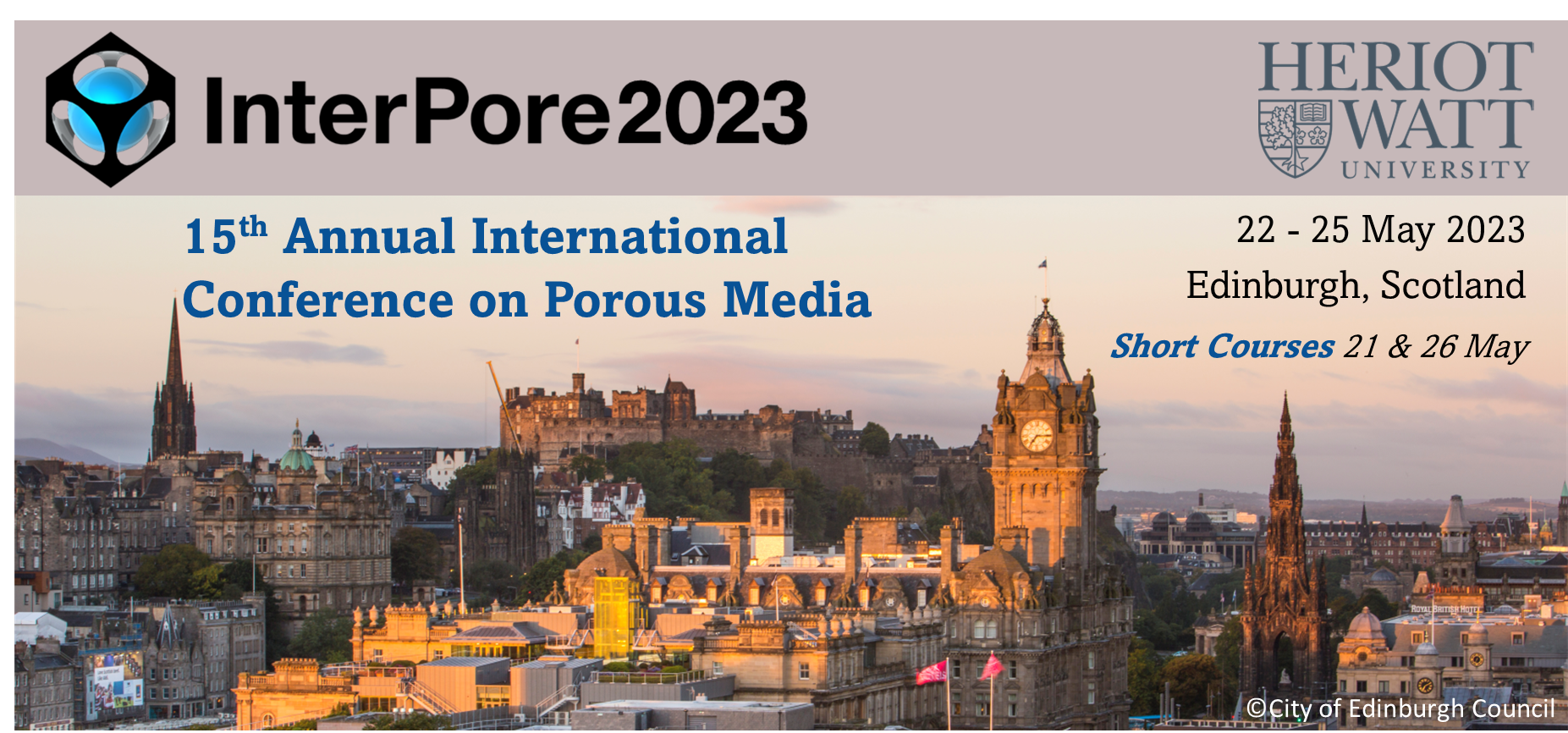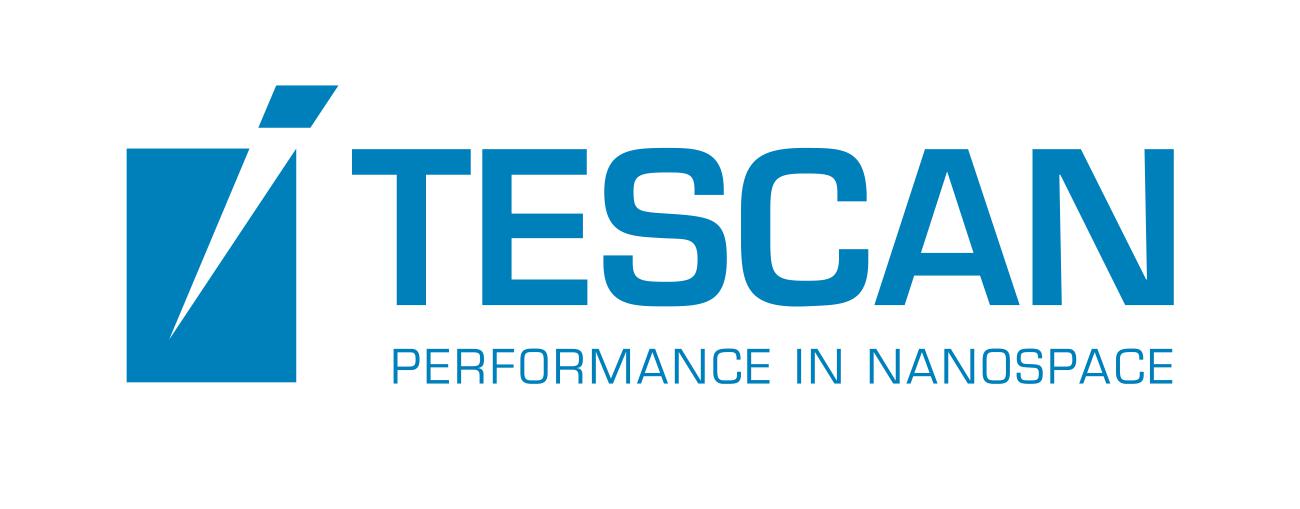Speaker
Description
Electrical properties play an important role in the study of rock media. Estimating effective electrical properties of materials by means of laboratory testing is usually time-consuming and does not provide a complete understanding of the material microstructure. On the other hand, it is well known that numerical homogenization in conjunction with micro-computed tomographic images allows an efficient estimate of effective properties of heterogeneous materials in a non-destructive manner. For highly heterogeneous rock media, numerical homogenization requires large-scale models with high resolution images of Representative Volume Elements to obtain reliable results. These models often lead to simulations of very large linear systems of equations with billions of degrees of freedom, which require a large amount of computer memory to store data, quickly reaching its limit when simulating large volumes of material. In that sense, strategies to efficiently solve the systems of equations must be employed, e.g., the voxel-based (or image-based) meshing strategy, the Preconditioned Conjugate Gradient solver, and the Element-by-Element technique. However, even with such strategies for memory relief, memory allocation can still be an issue of concern. In addition, due to the memory-time trade-off, the application of those strategies demands tedious computations, and the solution may last excessively long. To solve these issues, Domain Decomposition Methods can be employed to accelerate the solutions and to solve larger-scale problems in cases of limited computer memory. In this work, we present a domain decomposition strategy in conjunction with image-based numerical homogenization to estimate effective electrical conductivity of highly heterogeneous rock media. We use the Preconditioned Conjugate Gradient method with a matrix-free strategy solving subdomain-by-subdomain to obtain the solution at the subdomains’ boundary nodes. The data at internal nodes within each subdomain are condensed by solving a multiple right-hand side system with a Cholesky decomposition. We demonstrate that we can manage the memory and processing time by choosing an optimal number of subdomains. We validated our implementation by testing models that have analytical solutions and by comparing the results of a sample of sandstone obtained by our implementation and the open-source Julia package of numerical homogenization chpack. Furthermore, the presented methodology can be directly implemented in GPUs and clusters of CPUs to accelerate even more the numerical solutions.
| Participation | In-Person |
|---|---|
| Country | Brazil |
| MDPI Energies Student Poster Award | No, do not submit my presenation for the student posters award. |
| Acceptance of the Terms & Conditions | Click here to agree |







